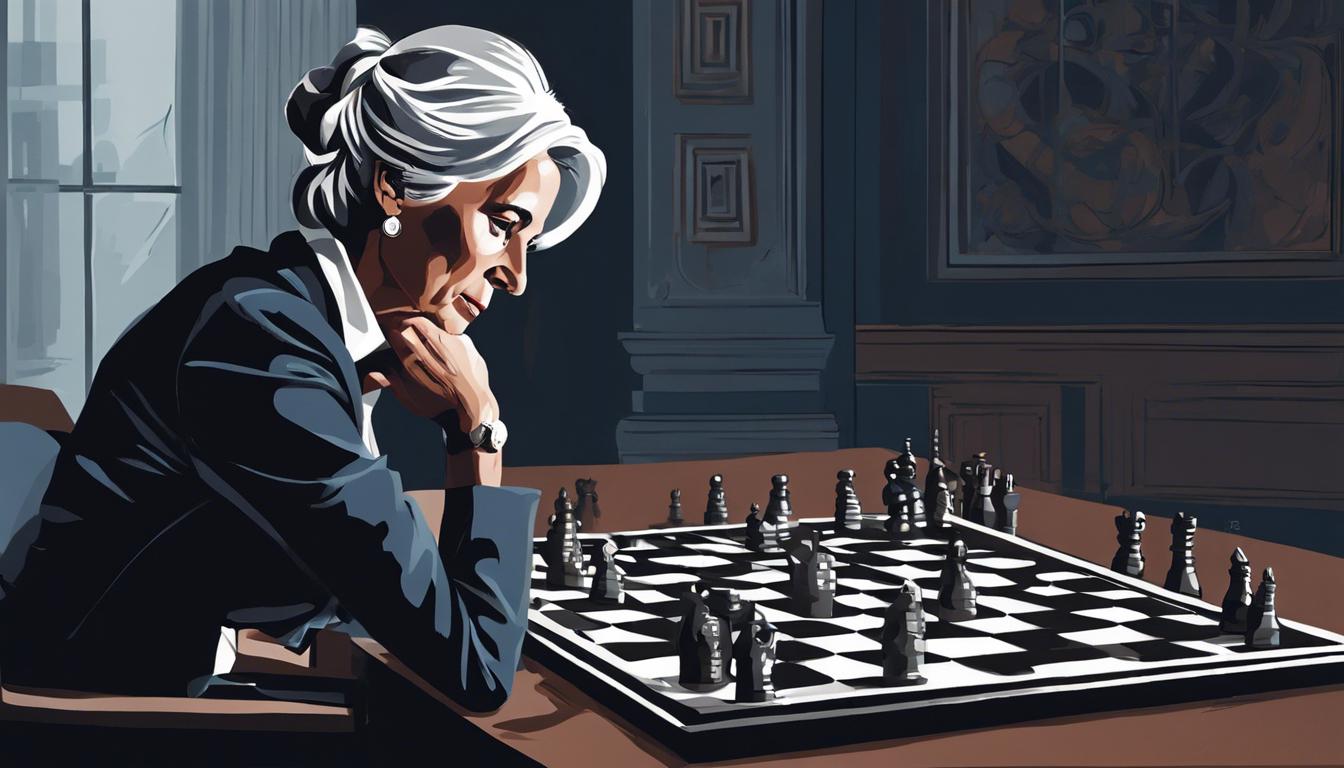As the Eurozone sees a significant drop in inflation, the European Central Bank, under Christine Lagarde’s leadership, considers a potential reduction in interest rates, contrasting with the Bank of England’s stance on maintaining higher rates due to persistent inflationary pressures.
Anticipation is building around the European Central Bank’s (ECB) potential decision to cut interest rates, as analysts and investors await more definitive guidance from ECB President Christine Lagarde. The sharp decline in inflation in the Eurozone to 2.4% in March, down from a peak of 10.6%, has fuelled speculation about a cut from the current record high rate of 4%, expected possibly by June. Meanwhile, uncertainties regarding economic conditions in the U.S. have led to mixed signals in the stock and bond markets following a surprising inflation report.
In the geopolitical arena, Finland’s President Alexander Stubb has advised European leaders to adopt a measured approach to Russia, emphasizing preparedness and collaboration among EU and NATO allies in defense-related matters, while recommending against pooling debt for defense investments.
In contrast, Bank of England policymaker Megan Greene has indicated that the UK may need to maintain higher interest rates for a longer period given ongoing inflationary pressures, particularly in wages and services. This stance is reflected in the market’s adjusted expectations of only two quarter-point rate cuts this year in the UK.
The financial landscape is further complicated by varying economic indicators across regions, with robust travel demand and corporate acquisitions in the UK signaling some sectors’ resilience, and concerns in China regarding weak price growth highlighting regional economic disparities.
As these financial and geopolitical developments unfold, all eyes continue on central banks’ next moves, especially with the upcoming policy decision by the Bank of England’s monetary policy committee on 9 May.













